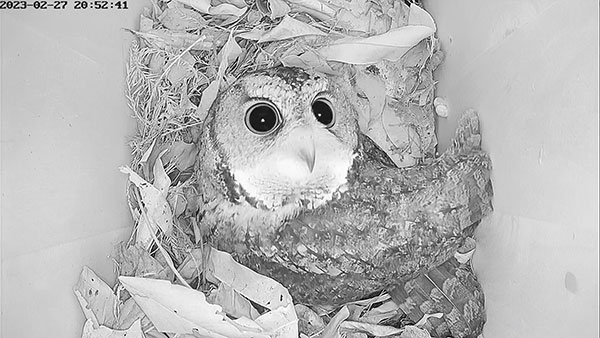The Nature-Loving Campus
- ◆ Cultivating Plants in Green Heart Garden
- ◆ Welcoming Endangered Species in Forest Whisper
- ◆ Protecting Fireflies in Glowing Pond
- ◆ Lives We Protect
Peaceful Coexistence in Our Daily Lives
The Nature-Loving Campus
◆ Welcoming Endangered Species in Forest Whisper
Forest Whisper is a kind of secondary forest. It is one of the outdoor gardens of our school, consisting of eight areas including the Coleoptera observation area, the butterfly grazing area, and the herb plant area. It is the most diverse habitat on the campus, with many plants from textbooks. It provides a great opportunity for children to observe and understand the beauty of animals and plants in nature. The Coleoptera observation area is especially interesting, as some Coleoptera prefer the sap of certain plants, such as Photinia, Taiwan Fabaceae, and pomelo trees. Moreover, the flow of sap will attract other insects such as hornets, butterflies, etc., and the unicorn beetle can be seen fighting, wooing, and mating on the tree trunk.
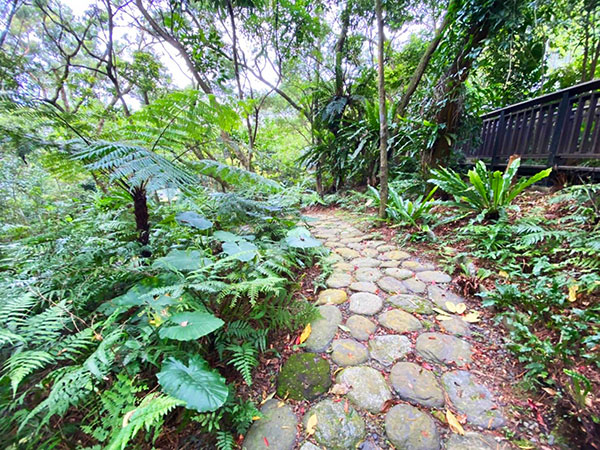
Another interesting area in the Forest Whisper is the Fungi Kingdom. The Fungi kingdom is a world of its own, consisting of families such as mushrooms and molds. These organisms do not create their own nutrients, so they obtain them from other sources. There are three main ways in which they do this: saprophytic, which involves growing on decaying objects and absorbing the nutrients from them; parasitic, which involves living on living organisms and taking the "freshest" nutrients from them; and symbiotic, which involves cooperating with the host. Examples of saprophytic organisms include most mushrooms, while examples of parasitic organisms are winter worms and summer grasses. Symbiotic organisms include nitrogen-fixing root nodule bacteria found in the roots of many plants.
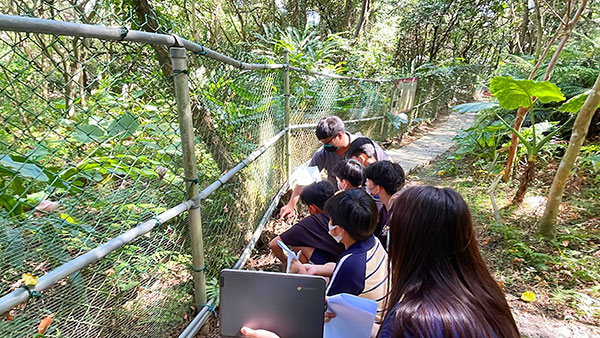
At Forest Whisper, there are lots of animals, like Chinese ferret-badgers and the Collared Scops Owl which is a type of owl that is endangered. For the past three years, the Collared Scops Owl has come to Forest Whisper and had some baby owls. The teacher put up cameras so we can watch the owls and see what they do. They even asked some experts to put rings on the owls’ legs so that we can track where they are now, and how many of them are still alive.
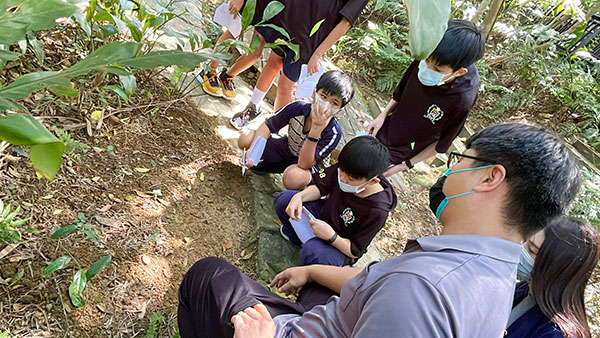
ferret-badgers dug.
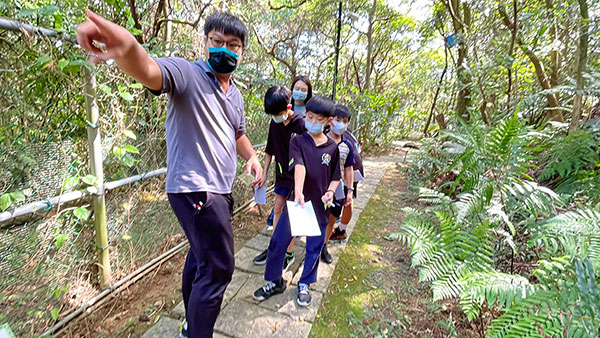
live in our Nature Area.
